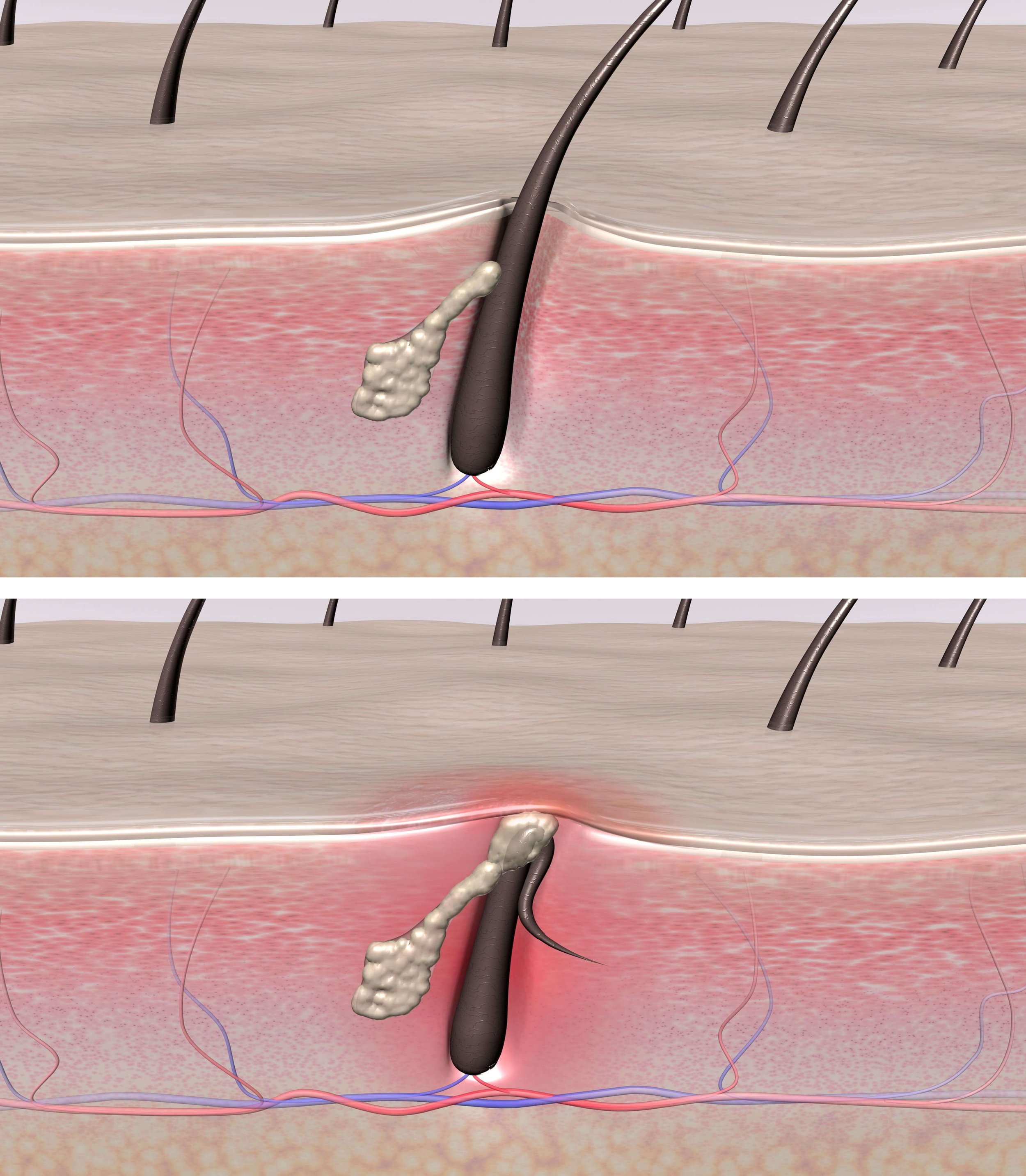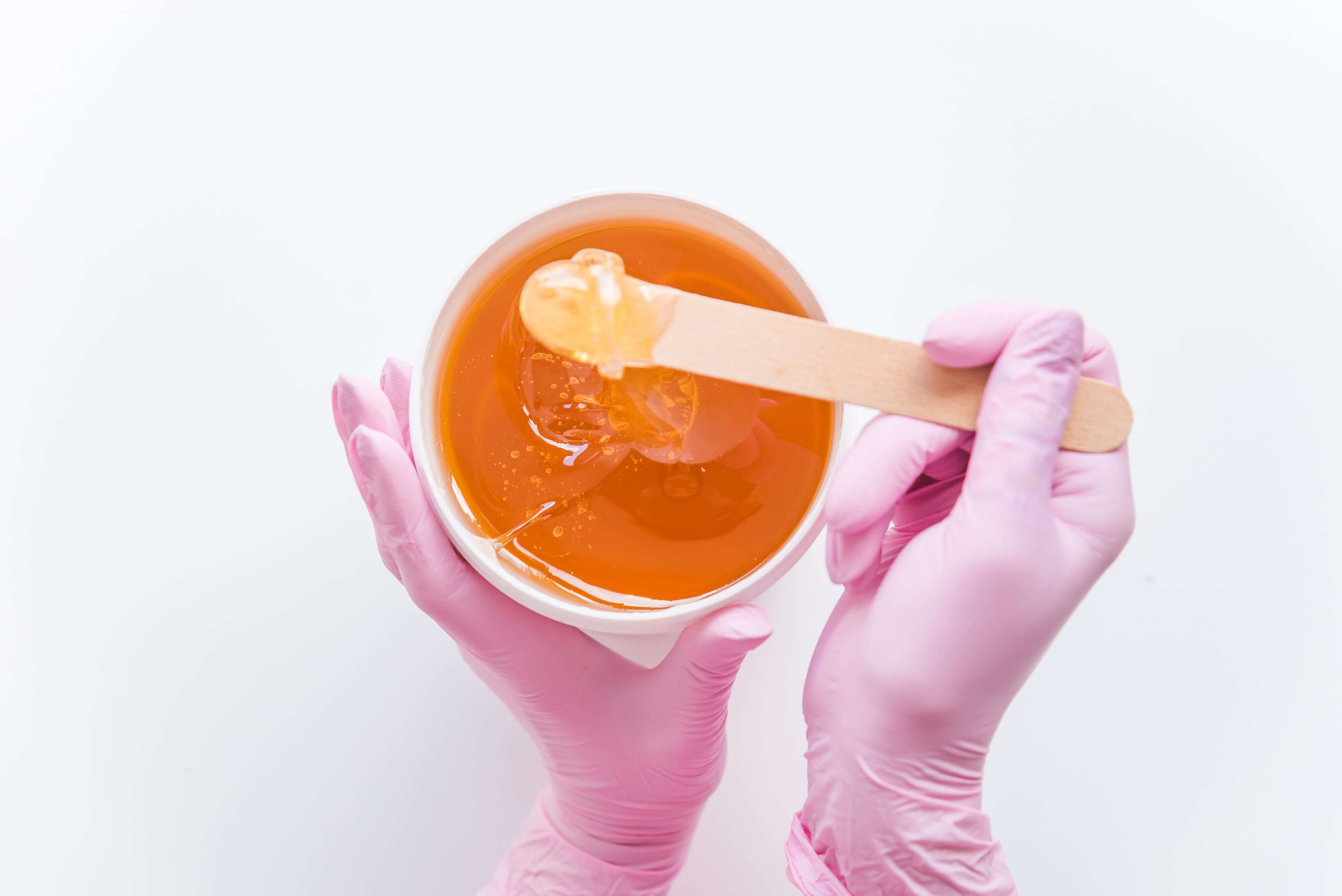How to Prevent Ingrown Hairs After Waxing
Waxing is a popular method of hair removal that can leave your skin smooth and hair-free for weeks. However, one common issue that can mar the benefits of waxing is the development of ingrown hairs. These are hairs that have curled around and grown back into your skin instead of rising up from it. Not only can ingrown hairs be uncomfortable and lead to irritation, but they can also detract from the aesthetic appeal of a fresh wax. Fortunately, with proper care and techniques, you can significantly reduce the occurrence of ingrown hairs. Here, we discuss how to prevent ingrown hairs after waxing by providing tips to help keep your skin smooth.
What Are Ingrown Hairs?
Ingrown hairs occur when hair regrows and bends back into the skin, causing inflammation and sometimes infection. They can appear as small bumps on the skin, often accompanied by redness, itching, and pain.
Common Causes of Ingrown Hairs
Understanding the causes of ingrown hairs can help guide the prevention and treatment strategies recommended, ensuring smoother and healthier skin post-hair removal.
Curly or Coarse Hair: Individuals with curly or coarse hair are more prone to ingrown hairs. The natural curl of the hair can cause it to bend back and re-enter the skin after being cut or shaved.
Tight Clothing: Wearing tight clothing can increase the risk of ingrown hairs by pressing the hair against the skin and encouraging it to grow in the wrong direction.
Improper Shaving Techniques: Shaving too closely, using a blunt razor, or shaving against the hair growth can irritate the skin and lead to hairs growing back into the skin.
Lack of Exfoliation: Not regularly exfoliating can lead to the accumulation of dead skin cells that clog hair follicles. This makes it difficult for hairs to grow outwards, leading them to grow sideways or back into the skin.
Dry Skin: Dry skin can exacerbate the risk of ingrown hairs. Without adequate moisture, the skin becomes less flexible, making it harder for hairs to break through the surface.
Waxing and Tweezing: These hair removal methods can cause hair to break at the surface rather than being removed from the root. The remaining short hair can easily grow back into the skin.
Genetics: Some people are genetically predisposed to ingrown hairs due to the nature of their hair and skin.
Hormonal Factors: Hormonal changes can lead to increased hair growth and thickness, thereby raising the likelihood of ingrown hairs.
7 Tips to Help Prevent Ingrown Hairs After Waxing
Tip #1. Exfoliate Regularly
Regular exfoliation is key in preventing ingrown hairs. By removing dead skin cells, oils, and dirt from the surface of your skin, you clear the path for hair to grow outward. Aim to exfoliate 2-3 times a week with a gentle scrub or use chemical exfoliants like AHAs or BHAs for more sensitive areas. Be careful not to over-exfoliate, as this can lead to irritation and worsen the problem.
Tip #2. Keep Skin Moisturized
Hydrated skin is more pliable, making it easier for hairs to break through the surface. Use a fragrance-free, non-comedogenic moisturizer to keep your skin soft and supple. Apply moisturizer daily, focusing on areas prone to waxing and ingrown hairs.
Tip #3. Choose the Right Waxing Technique
The technique and quality of waxing play a significant role in preventing ingrown hairs. Hard wax, for example, is often better for sensitive areas as it adheres to the hair rather than the skin, reducing irritation. Ensure that the waxing is done in the direction of hair growth and removed in the opposite direction in a swift, clean motion to minimize hair breakage.
Tip #4. Wear Loose Clothing
After waxing, avoid tight clothing that can irritate the skin and trap hairs beneath the surface. Loose, breathable fabrics will reduce friction and allow the skin to heal and hairs to grow properly.
Tip #5. Use Ingrown Hair Treatments
There are various products designed to prevent and treat ingrown hairs. These often contain exfoliating acids like glycolic acid, salicylic acid, or retinoids that help keep the skin clear. Serums and creams formulated for post-wax care can significantly reduce the occurrence of ingrown hairs. Apply according to product instructions for best results.
Tip #6. Avoid Shaving Between Waxes
Shaving between waxing sessions can disrupt the hair growth cycle, increasing the likelihood of ingrown hairs. If you must remove hair between waxes, consider other methods that maintain the hair direction and length, such as trimming.
Tip #7. Professional Waxing Makes a Difference
While home waxing kits are available, professional waxing services offer the advantage of expert techniques, high-quality products, and advice tailored to your skin and hair type. Professionals can also recommend post-wax care products and routines specific to your needs.
Does Waxing Prevent Ingrown Hairs?
Waxing can both help and hinder in the fight against ingrown hairs. On the one hand, waxing removes hair from the root, which can reduce the likelihood of hair growing back into the skin compared to shaving. On the other hand, waxing can sometimes cause hair to break at the surface instead of being pulled from the root, which can increase the risk of ingrown hairs. Therefore, the key to preventing ingrown hairs after waxing lies in the technique used and the post-waxing care.
Schedule a Wax at Rejuvenate You in Scottsdale
Preventing ingrown hairs after waxing is all about proper skin care and technique. By understanding the causes of ingrown hairs and following the preventive measures outlined in this guide, you can enjoy the benefits of waxing without the drawbacks.
Here at Rejuvenate You, located in the heart of Scottsdale, AZ, we understand the importance of smooth, clear skin free of ingrown hairs. Our team of experienced estheticians specializes in a wide range of waxing procedures designed to minimize discomfort and maximize results. Whether you're seeking a bikini wax, Brazilian wax, or wax for any other part of the body, we employ techniques that not only aim to prevent ingrown hairs but also promote a more comfortable experience.
If you live in or around Scottsdale, AZ, and are interested in getting a professional wax, we invite you to contact us at Rejuvenate You. Book an appointment or learn more about our services and how we can help you achieve the smooth, radiant skin you deserve. Let us help you prevent ingrown hairs after waxing, ensuring that your skin remains beautiful and healthy-looking for weeks to come.
FAQs
-
Yes, anyone can develop ingrown hairs after waxing, regardless of hair type or skin sensitivity. However, those with curly or coarse hair might be more prone to experiencing them due to the natural growth pattern of their hair.
-
It's recommended to wait at least 24-48 hours after waxing before exfoliating. This allows your skin time to recover and reduces the risk of irritation.
-
If you get an ingrown hair, resist the urge to pick or tweeze it out. Instead, apply warm compresses to the area to soften the skin and gently exfoliate to encourage the hair to emerge naturally.
-
The ideal frequency of waxing depends on your hair growth cycle, typically every 4-6 weeks. Consistent waxing can help regulate hair growth patterns and reduce the likelihood of ingrown hairs.
-
While sunscreen itself doesn't prevent ingrown hairs, protecting your skin from the sun after waxing can reduce skin irritation and sensitivity, creating a better environment for hair regrowth without ingrowing.
-
After waxing, avoid skincare products containing alcohol, fragrance, or other irritants that can exacerbate skin sensitivity and inflammation, potentially leading to ingrown hairs.


